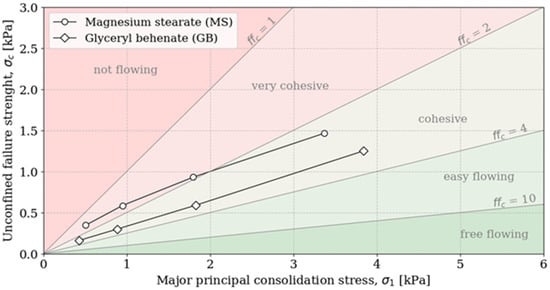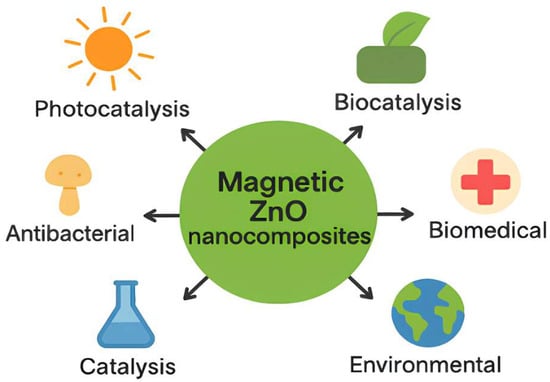- Article
Mechanical Properties and Powder Rheology of Conventional and Innovative Excipients for Food Supplements in Solid Form
- Giovanni Tafuro,
- Marta Faggian and
- Paola Soppelsa
- + 7 authors
The growing regulatory scrutiny and the emerging trends towards natural products and clean labels have led to a particular focus on food supplements’ composition, including excipients. The objective of this study is to establish a methodological approach combining conventional techniques, i.e., tapped density and flowability testers, with more objective and quantitative ones to identify alternative powder excipients that can replace conventional ones in the development of solid-dose formulations without affecting their processing, workability, and mechanical properties. In the first phase, the alternative powder excipients were characterized in terms of cohesiveness, compressibility, and flow function coefficient. We then evaluated the possibility of using selected excipient combinations to totally and/or partially replace the conventional excipients within three nutraceutical formulations. Glyceryl behenate at 1–3% w/w could be considered as a viable alternative lubricant to magnesium stearate without compromising the rheological properties of the mixtures. Fructo-oligosaccharides showed a free-flowing behavior comparable to calcium phosphate and microcrystalline cellulose, improving the flowability and compressibility of the formulations. The study of powder rheology could be advantageous to formulate new products or reformulate existing ones in a time- and money-saving way, leading to high-quality products that can appeal to consumers in terms of health-functional effectiveness.
12 December 2025





![Frequency percentage of the usage of the (a) spherical [22,23,24,25,26,27,28,29,30,31,32,33] and (b) morphological [8,9,10,12,13,14,17,19,20] drag coefficient models in CFD-DEM modelling of the fluid-particle interactions.](https://mdpi-res.com/powders/powders-04-00029/article_deploy/html/images/powders-04-00029-ag-550.jpg)